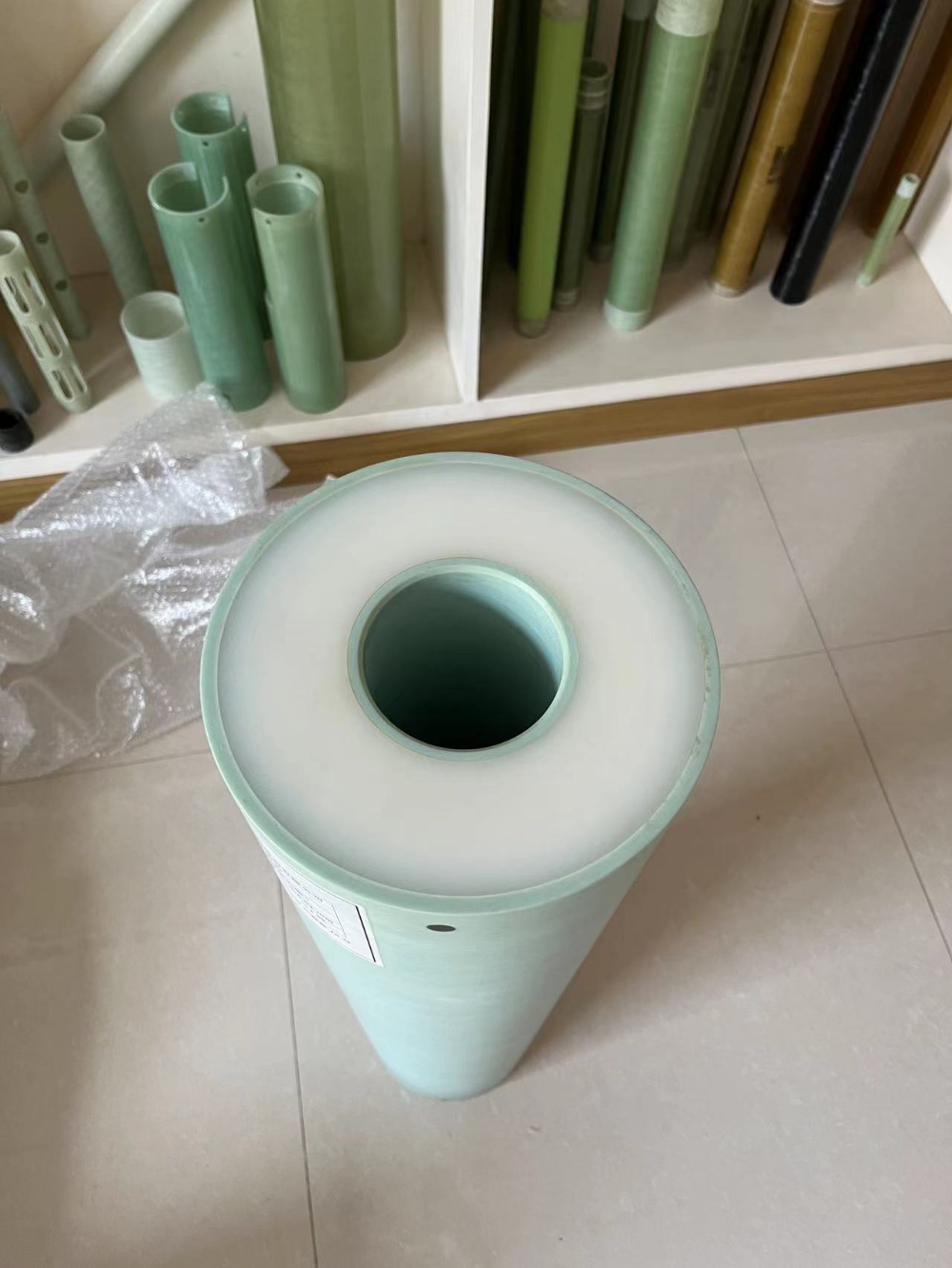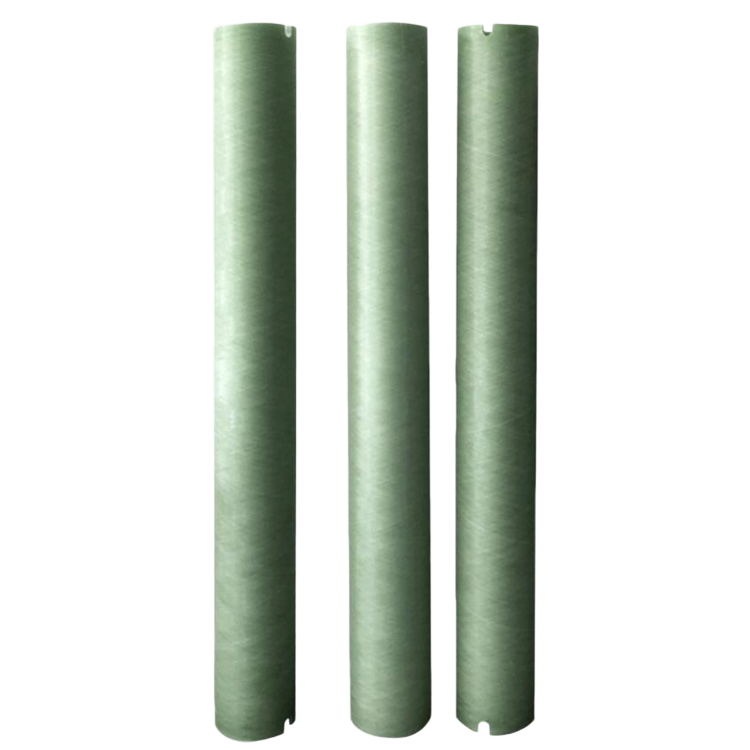What is insulation sleeving?
Insulation sleeving is a combination of insulating material and protective material that provides excellent insulation performance. They are manufactured using epoxy resin, which is an insulating material that can protect wires, prevent current leakage, and guard against external damage to the wires.

Advantages of epoxy resin insulation sleeving:
Epoxy resin is one of the popular materials for insulation sleeving. It is a relatively rigid material, making it suitable for protecting outdoor wires. It offers excellent insulation performance, effectively preventing current leakage and arc discharge, ensuring the safe operation of the entire electrical equipment. Epoxy resin also has high temperature resistance, enabling it to withstand high-temperature working environments and protect wires from heat-related damage. It is chemically resistant, capable of resisting acids, alkalis, solvents, and other chemicals. Therefore, epoxy resin is suitable for applications such as water pipes or conduits in soil.
What other materials are used for insulation sleeving?
Insulation sleeving is a high-temperature-resistant sleeve that requires insulation functionality. It is commonly woven from materials such as fiberglass, silica dioxide, ceramics, or calcium silicate yarn. It can also be composed of plastics, rubber, and fluoropolymers.

Conclusion:
Insulation sleeving is a tubular material used for insulating and protecting wires and cables. Common materials for insulation sleeving include epoxy resin, fiberglass, silica dioxide, ceramics, calcium silicate yarn, plastics, rubber, and fluoropolymers. These materials have different characteristics, allowing for suitable selection based on specific requirements.

